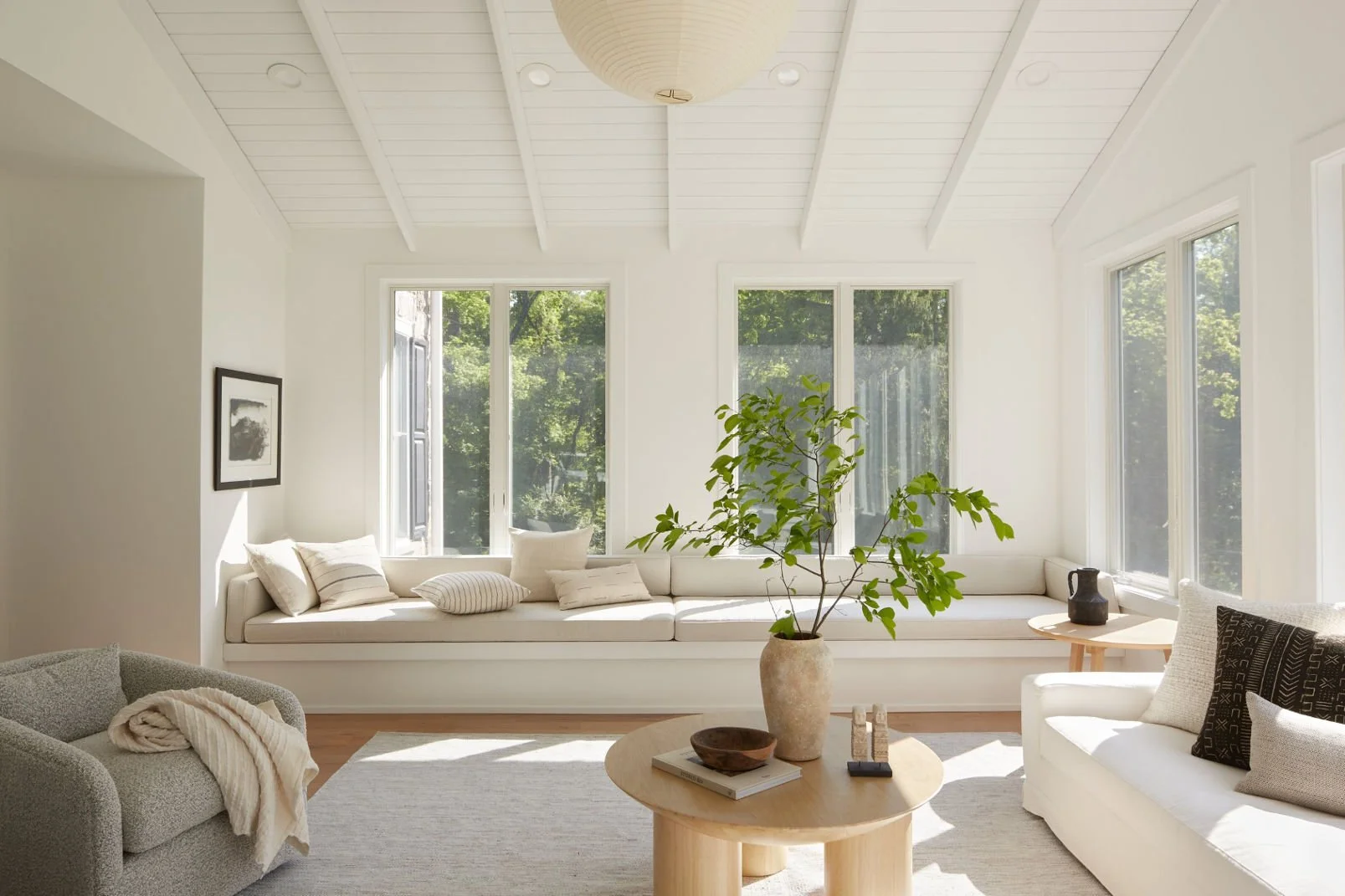Minimalist interior design has become more than just a style trend; it is now a lifestyle choice that reflects clarity, balance, and intentional living. In today’s world, where daily life can often feel overwhelming, minimalism offers a retreat—spaces that are calm, functional, and deeply comforting. By focusing on simplicity and thoughtful design, a minimalist home becomes a sanctuary that allows you to breathe, recharge, and enjoy the beauty of less.
What Is Minimalist Interior Design?
Minimalist design is rooted in the philosophy of “less is more.” Emerging from mid-20th century modernism and influenced by Japanese aesthetics, it emphasizes simplicity, functionality, and open space. But minimalism does not mean creating bare, empty rooms. Instead, it is about stripping away excess and keeping only what has true purpose and meaning. Clean lines, open layouts, and carefully chosen furniture come together to create a space that feels effortless yet intentional.
Benefits of Minimalist Interior Design
The appeal of minimalism lies not only in aesthetics but also in the atmosphere it creates. A home free from clutter naturally feels calmer and more welcoming. Rooms appear brighter and larger when unnecessary objects are removed, and this sense of openness can have a powerful effect on mental well-being. Living with fewer things also encourages mindful consumption and makes maintenance easier, giving homeowners more time to focus on what truly matters.
Core Principles of Minimalist Home Design

At the heart of minimalism is decluttering. The philosophy encourages removing what no longer serves you and keeping only essential pieces. The process is both physical and emotional, as it requires careful evaluation of what adds value to your life. Once a home is simplified, the next step is to build harmony through color. Neutral palettes—shades of white, beige, gray, and soft earth tones—dominate minimalist interiors because they promote calm and allow natural light to reflect beautifully within the space.
Furniture in a minimalist home is chosen for both purpose and quality. A sofa, a table, or a chair is never just decorative; it fulfills a clear function and is built to last. Often, multi-purpose furniture is favored, especially in smaller homes. Another cornerstone of this style is the use of light. Large windows, sheer curtains, and unobstructed views create an airy feeling, reducing the need for artificial lighting during the day. Finally, textures and materials add warmth and balance. Wood, glass, stone, and subtle textiles prevent spaces from feeling cold while staying true to minimalism’s clean aesthetic.
How to Create a Minimalist Home
Transforming your home into a minimalist sanctuary requires patience and a step-by-step approach. Begin in the living room, often the busiest area of the house. Instead of filling the space with décor, focus on a single statement piece, such as a thoughtfully chosen sofa or artwork. Storage plays an important role here, as hidden compartments help maintain clear surfaces and preserve the sense of openness.
In the bedroom, the goal is serenity. Minimal furniture, soft neutral colors, and uncluttered nightstands contribute to restful sleep. The kitchen, meanwhile, benefits greatly from minimalist principles. Organized storage, clean countertops, and integrated appliances create a streamlined look and make daily routines more efficient. Even the bathroom can embrace this style with frameless glass partitions, natural tiles, and compact storage that maximizes available space.
Mistakes to Avoid in Minimalist Design

While minimalism celebrates simplicity, there are pitfalls to be aware of. A common mistake is making a room feel sterile by removing too much and forgetting comfort. White is a favorite color in minimalism, but without contrast or texture it can appear cold. Another error is choosing inexpensive, poor-quality furniture for the sake of saving money. Minimalism relies on fewer pieces, which means each one should be carefully selected for durability and elegance.
Minimalist Interior Design Inspiration
Minimalism is versatile and adaptable, whether you live in a spacious home or a small city apartment. In compact spaces, floating shelves, foldable tables, and multi-functional furniture allow you to maintain openness without sacrificing practicality. Larger homes can embrace expansive windows, open-plan layouts, and carefully placed natural elements such as plants or stone finishes. What makes minimalism special is its ability to reflect personal identity. Even within a simplified design, you can express individuality through textures, materials, or a single meaningful piece of art.
Minimalist interior design is not about depriving yourself; it is about creating a calm, functional, and beautiful home that enhances daily life. By decluttering, choosing quality pieces, and letting light and natural textures define your space, you invite harmony into your environment. Minimalism is a journey rather than a final destination, and the most rewarding way to begin is one step at a time—perhaps with just a single room transformed into a haven of simplicity.
